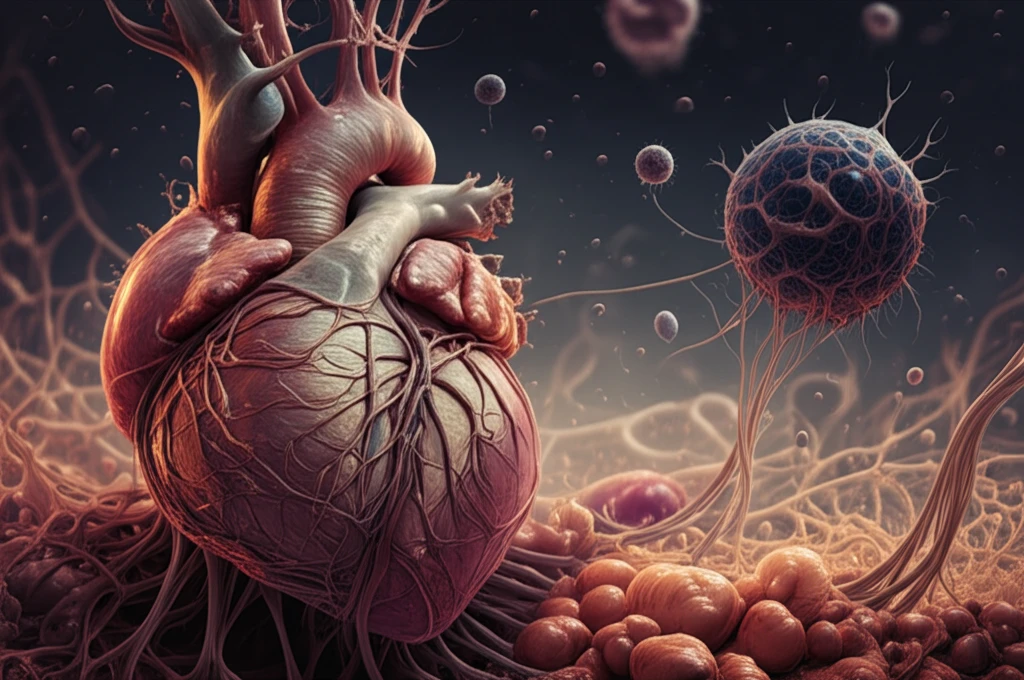
Decoding Heart Failure: Can We Stop Fibrosis in Its Tracks?
"New research illuminates the role of cellular mechanics in hypofibrotic cardiac fibroblasts, offering potential pathways for treatment."
Heart failure is a complex condition where the heart can't pump enough blood to meet the body's needs. Often, this involves changes in the heart's structure, a process called remodeling. Hemodynamic load, the forces acting on the heart, plays a big role in this remodeling. There are two main types of hemodynamic load: pressure overload (increased afterload), often caused by high blood pressure, and volume overload (increased preload), where the heart has to pump more blood than usual.
While pressure overload is known to cause the heart muscle to thicken and become stiff, volume overload leads to a different kind of remodeling. The heart chambers enlarge, and the amount of supportive tissue, called the extracellular matrix, decreases. Cardiac fibroblasts (CFs) are the cells responsible for maintaining this matrix. Understanding how these cells behave under volume overload is crucial for developing effective treatments for heart failure.
New research sheds light on the behavior of cardiac fibroblasts in volume overload, revealing a unique 'hypofibrotic' phenotype. This means the cells produce less of the proteins that make up the extracellular matrix, leading to a weaker, more dilated heart. The study dives deep into the cellular mechanisms behind this phenomenon, focusing on the role of the cytoskeleton and potential therapeutic targets.
What's the Link Between Volume Overload and Cardiac Fibroblast Behavior?

To investigate this, researchers created a model of volume overload in rats by creating an aortocaval fistula (ACF), a connection between the aorta and vena cava that increases blood volume returning to the heart. After four weeks, they isolated cardiac fibroblasts from these rats and compared them to cells from healthy control rats. The results were striking: the fibroblasts from volume overload hearts displayed a distinct hypofibrotic phenotype.
- Decreased Matrix Production: Lower levels of collagen type-I and other matrix proteins.
- Reduced αSMA: Less αSMA, indicating reduced contractile ability.
- Elevated TGF-β1: Higher levels of TGF-β1, but the cells don't respond as expected.
Turning Discoveries into Treatments
This research provides valuable insights into the complex cellular mechanisms driving heart failure in volume overload. By identifying the hypofibrotic phenotype of cardiac fibroblasts and the role of the cytoskeleton, the study opens up new avenues for therapeutic intervention. Targeting the cytoskeleton or manipulating TGF-β1 signaling could potentially restore normal matrix production and prevent the progression of heart failure. Future research will focus on translating these findings into effective treatments for patients with this debilitating condition.
